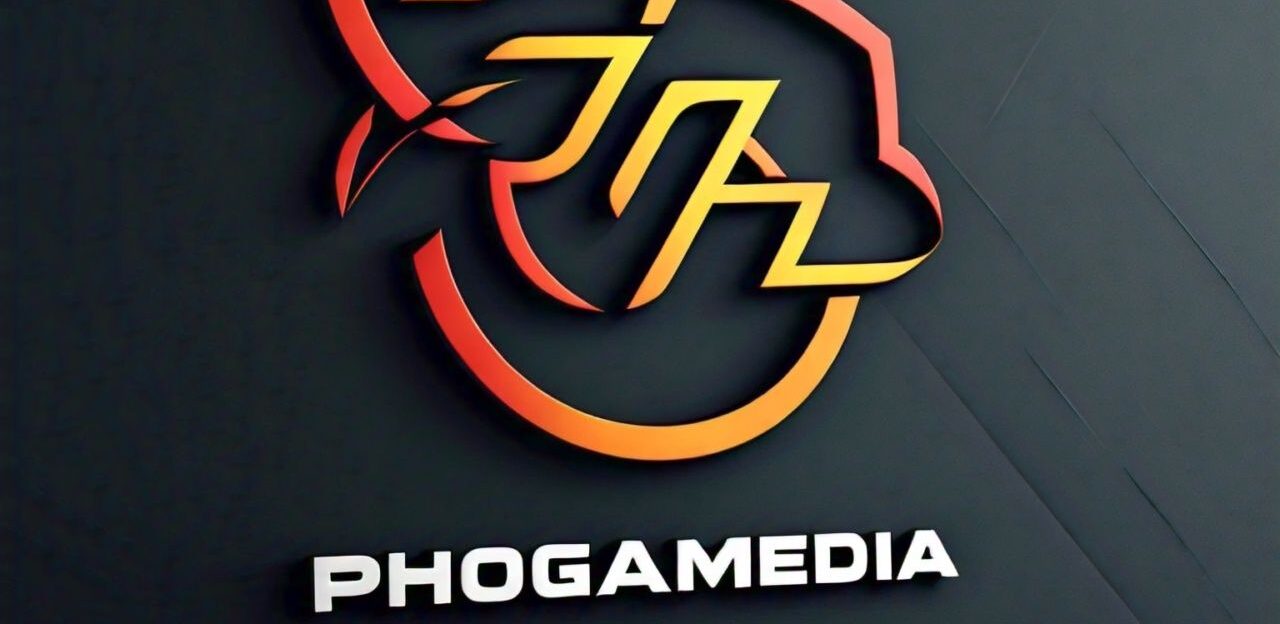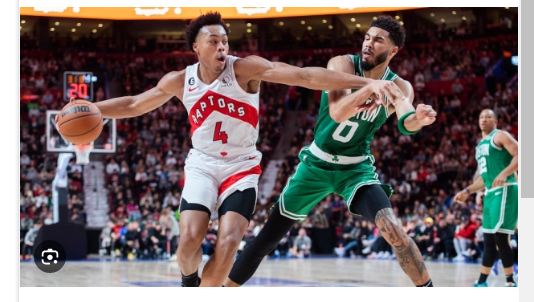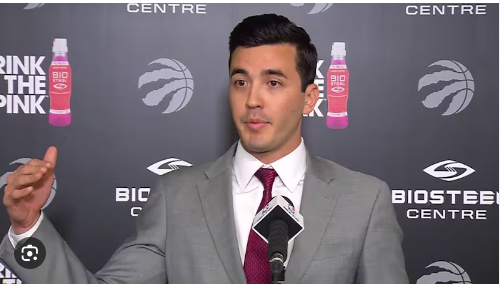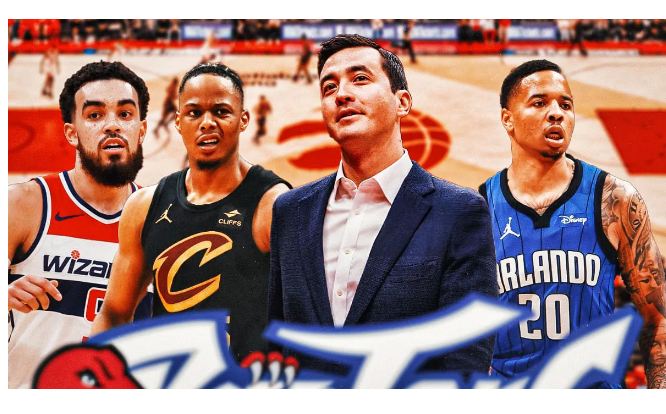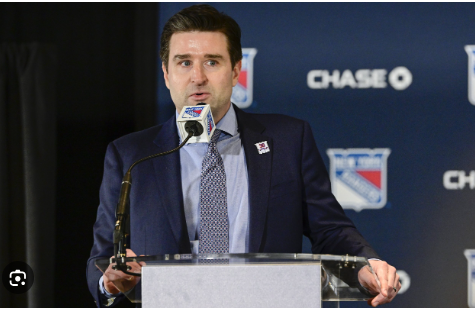NBA Insider Raises Important Concerns About the Raptors’ Future…
Raptors’ Strategy Raises Questions
The Toronto Raptors are attempting a unique approach.
Typically, teams with multiple All-Star caliber players under 30 aim to build around them. If circumstances force them to trade these players, they usually shift focus from winning games to acquiring top-tier draft picks to find future stars.
However, the Raptors have taken a different path. After letting star guards Kyle Lowry and Fred VanVleet leave without compensation in consecutive summers, they traded OG Anunoby and Pascal Siakam for packages that didn’t align with a rebuild strategy.
Instead of acquiring first-round picks for Anunoby, they received two players. Siakam’s trade brought back three non-lottery first-round picks and cap flexibility, which the Raptors have not utilized. Following injuries that decimated the roster, the team tanked towards the end of the season, only to lose the No. 8 pick to the San Antonio Spurs due to a previous trade for center Jakob Poeltl in 2023.
Raptors’ Expensive Roster
The Raptors’ payroll for the upcoming season is filled with players acquired via trade in the past 18 months, indicating a commitment to winning rather than rebuilding. Poeltl is set to make $19.5 million as a 29-year-old starting center. Bruce Brown, awaiting a trade, earns $23 million. RJ Barrett, acquired from the New York Knicks in the Anunoby trade, is making $25.8 million.
Immanuel Quickley, the main piece from the Knicks trade, will earn $32.5 million in the first season of a five-year, $175 million contract (guaranteed for $162.5 million). Kelly Olynyk, making $12.8 million in the first year of his extension, was signed by the Raptors in February after they traded a first-round pick for him. The five most expensive players on the roster, all acquired via trade since February 2023 (four since December 29, 2023), signify a clear departure from a traditional rebuild.
The Raptors could have had significant cap space this summer, but instead agreed to the extension with Olynyk, picked up Brown’s team option, and took on money in a trade with the Sacramento Kings. Moreover, Anunoby and Siakam were on expiring deals, so trading them for expiring contracts would have opened more space. Even trading for players with two years remaining would have provided future financial flexibility. Instead, by adding Barrett, Quickley, and Olynyk (not to mention Poeltl), the Raptors are projected to be right at the salary cap line with 11 players under contract.
Financial Commitment and Future Pressure
ESPN’s Zach Lowe highlighted in a recent column and podcast that the Raptors have financially committed to this core: Scottie Barnes, Immanuel Quickley, RJ Barrett, and Jakob Poeltl. Moving away from this group will take time and puts immense pressure on Barnes to become a top-10 player in the league and on Quickley to achieve All-Star status.
The Raptors face a dilemma: they are not strong enough to contend in the Eastern Conference but too competitive to tank next season. They will likely win around 30 games, contending for the back end of the Play-In Tournament. Meanwhile, other rebuilding teams will be vying for a loaded 2025 NBA Draft class, including top prospect Cooper Flagg.
In terms of salary and draft prospects, the Raptors are locked into this team. Their stars, Scottie Barnes and Immanuel Quickley, must reach significant heights. The Raptors control their future draft picks plus one from Indiana from the Siakam trade, which could help improve the team.
Unconventional Rebuild
The Raptors are taking an unconventional path, placing significant faith in Scottie Barnes. History suggests this approach might not work, but the Raptors have defied expectations before. They hope to do so again.
